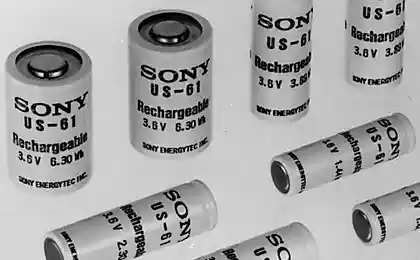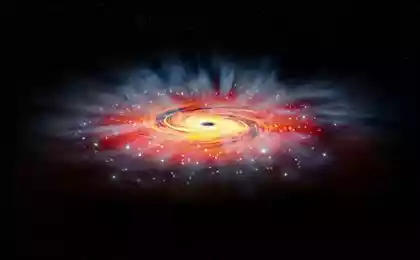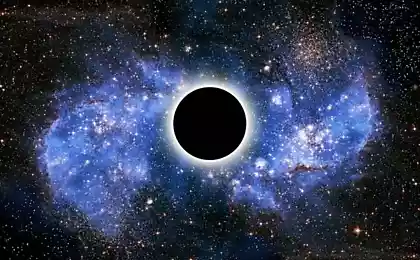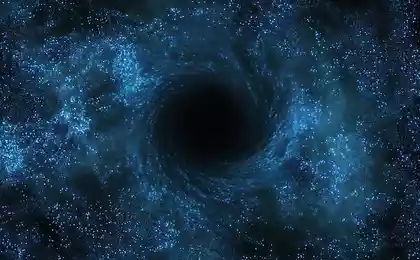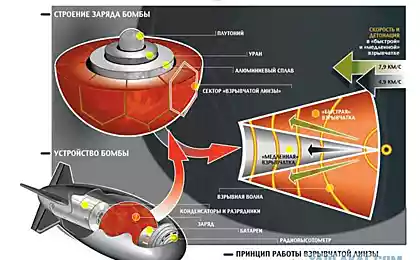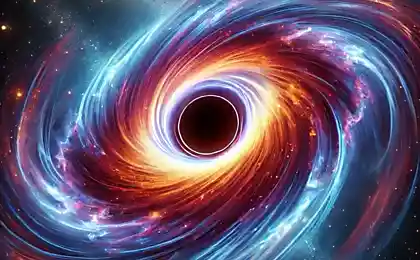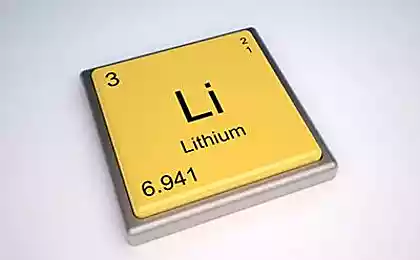1388
Black holes contribute to the synthesis of lithium

According to the calculations of physicists from Sweden and Germany, the accretion of matter onto black holes in some cases must be accompanied by the formation of lithium, with the total mass of its stable isotopes synthesized one accretionary system can reach up to hundredths of a solar ...
Two physicists from Stockholm (Sweden) and Munich Technical (Germany) universities have found that black holes can contribute to the synthesis of stable lithium isotopes 6Li and 7Li.
Lithium is part of a small group of light elements that were formed during the primordial nucleosynthesis (nuclear fusion in the early stages of the universe) in such quantities that can be evaluated experimentally. Isotope 7Li, for example, observed in the atmospheres of relatively "cold" stars in our galaxy - stars and halo stars, globular clusters belonging. The first such observations made over thirty years ago, showed that the dependence of metallicity content 7Li has an extended horizontal section of the plateau. The height of the latter, the total for the stars with different physical characteristics, and taken as the primary content of lithium-7.
With the advent of recent observational data plateau has become less smooth. This, however, did not help to reconcile the results of experiments with model calculations, which still account for about three-fold higher estimate of the primary content of 7Li. On the other light elements - deuterium and helium-4 - this discrepancy, called "the problem of lithium," does not apply.
Said the problem remains one of the most difficult open questions of modern cosmology. Hope for her speedy resolution is not necessary: the calculations of the German-Swedish group can only exacerbate the differences between theory and experiment primordial nucleosynthesis, but not smooth them.
A new source of 6Li and 7Li authors found when considering the accretion companion star into a black hole of stellar mass. The existence of binary systems of this type - microquasars - has long been confirmed by X-ray observations, the results of which are modeled in two different ways. Models are not considered mutually exclusive, but complementary, and in the first of them appear in the space formed around the black hole "cold" and thin accretion disks, and the second - "hot" accretion tori.
The last option is interesting in that the temperature inside the torus reaches a truly gigantic values sufficient for the development of various nuclear reactions. Some of them lead to the emergence of lithium isotopes, and general mass produced one black hole 6Li and 7Li, as it turned out, can reach up to one-hundredth of the sun.
Since the frequency of occurrence of the microquasar with "hot" accretion tori in the Milky Way is unknown, to assess the real contribution of such binary systems in the synthesis of lithium will not work. Doubt that this contribution will result in serious, not even if accretion tori isolated by 4.10 solar mass of lithium-7 and saved only (0, 1-1) microquasars% of our galaxy, the total volume of the resulting isotope comparable with what has been created with the primordial nucleosynthesis. Does not take into account such a powerful additional source of 7Li in studies devoted to "the problem of lithium," will be simply impossible.
"Hubble" looked into "Galaxy-needle"
Cranberry juice protects children from urinary tract infections


